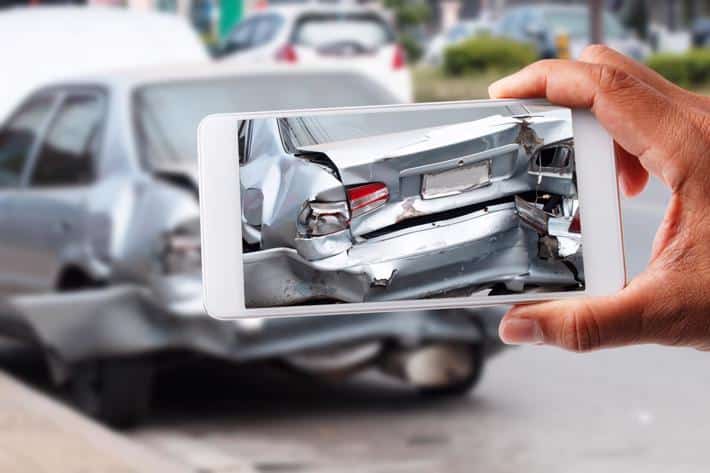What Is Cervicalgia and Why Did My Auto Accident Cause It?
Auto accidents cause a wide variety of injuries, including broken bones, brain injuries, whiplash, and spinal cord injuries. Cervicalgia is another type of injury that many auto accident victims sustain, but many people are not familiar with the name. In this blog, our Maryland auto accident attorney discusses this injury and what you should do if you believe you suffer from cervicalgia after a car crash.
What is Cervicalgia?
Cervicalgia is the medical term for neck pain that does not radiate outward to the upper extremities or shoulders. The pain may be stabbing, dull, or sharp. While it may cause a headache, the pain does not radiate from the neck to the skull.
As with other neck injuries, cervicalgia often goes away within a few days or weeks with simple home therapies, including rest, ice packs, heat, and over-the-counter pain medications.
However, if the pain persists, intensifies, or is followed by other symptoms, the person should seek immediate medical attention. A doctor may prescribe other forms of treatment for cervicalgia such as massage therapy, physical therapy, neck braces or collars, and prescription medications such as anti-inflammatories or muscle relaxers.
Symptoms of cervicalgia include:
- Headache
- Neck muscle spasms
- Dizziness
- Stiffness in the neck
- Impaired movement of the neck
- Nausea
- Tenderness in the shoulders
- Neck injuries, including whiplash
- Sudden neck movement
- Poor posture
- Long periods in which the neck is held at an odd angle
- The strain on neck muscles from long-term stress
- Diseases and other conditions that involve the spine, including meningitis and spinal infections
- Osteoporosis, arthritis, and other bone conditions
- Medical expenses
- Physical therapy
- Loss of income
- Physical pain
- Emotional suffering
- Other out-of-pocket expenses related to the accident and recovery


